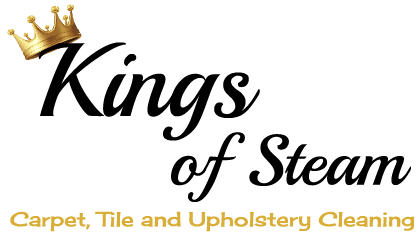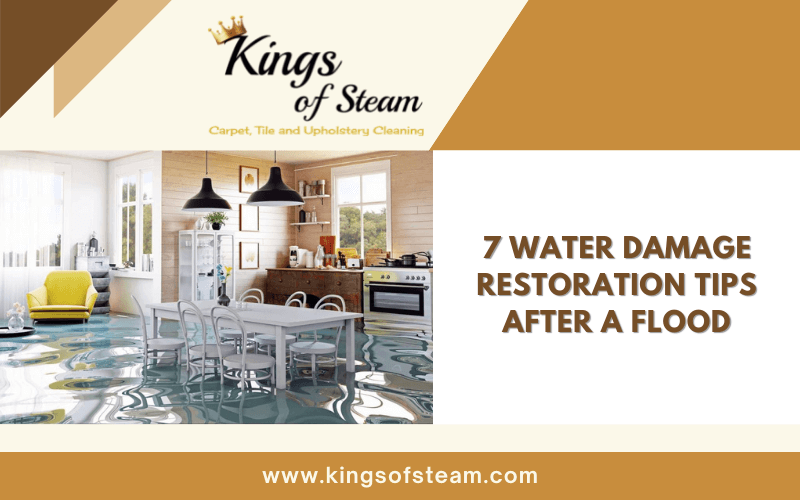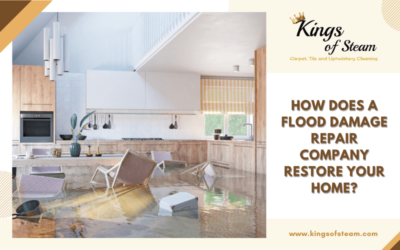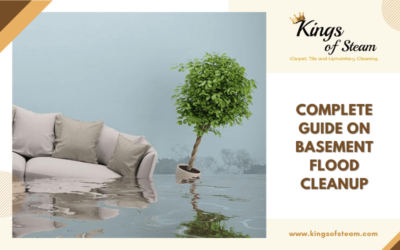Whether it is heavy rains, floods, or storm surges. They all are the main causes of Water Damage that requires significant and rapid restoration services. One of them being a Water Damage Restoration service. When water gets flooded in your home, it can wreak havoc on the home’s structure, your belongings, and the indoor environment. Floodwater contains tons of contaminants and a lot of mud.
Take a safe look at the flood damage and learn a few water damage restoration tips after a flood to avoid further property damage.
First things First: Initial Inspection and Safety
Call Your Insurance Agent
If your insurance covers the damage, your agent will tell you when the installer contacts you. Make a list of damage and take photos or videos during cleaning. You will need complete records of insurance claims, disaster relief claims, and tax deductions.
Your first urge may be to clean, but you need to protect yourself from potential hazards. The water may contain wastewater and other pollutants and the structure may not be safe.
Remove The Water
Your action plan for the cleaning process begins with the removal of accumulated water. Use a pulse or pump to get the water out first, then vacuum with a wet/dry vacuum cleaner.
Throw Away Contaminated Products
Put all soaked and contaminated material in a garbage bag and take it out. If it’s contaminated by sewers, it must be labeled and disposed of according to local regulations.
Depending on the level of water damage received, we decide if the carpet, furniture, and/or other fabric is to be discarded or cleaned.
Shovel Out Mud
The next step in the cleaning process is to remove the mud and sludge before it dries. Always use a tool to get all the mud accumulated and thrown out. Ensure it is tactfully done as there could be damage done in the process.
Clean The Walls
When cleaning and drying walls after a flood, be quick, thorough, and safe. After exposure to flood water, the walls must be dried from the inside. The interior frame of the walls must be dry.
Remove interior wall panels and insulation to immediately remove water and mud from wall cavities.
Rinse and hose the walls several times before it dries. Clean and disinfect them. Start at the bottom to work your way up with bleach. Do not bleach with ammonia as its smoke is toxic.
Work On The Floors And Woodwork
Use plenty of hot water, ammonia-free detergent, and disinfectant. Be sure to remove mud and dirt from the corners, cracks, and crevices.
Clean moldy floors and woodwork with an alkaline solution such as sodium hydroxide solution or tri-sodium phosphate (4 to 6 tablespoons per 1 gallon of water). Give the floor a final and thorough wash using mild cleaning agents.
Rinse all surfaces with a disinfectant made of 1/2 cup Chlorine Bleach solution in 1 gallon of water.
Drying
Quickly drying and removing contaminated items can help prevent biological contamination or mold growth. The constant circulation of hot air on wet surfaces can significantly reduce drying time.
Including heat will help the drying process. But remember that you may need to clean, dry, and restore the heating system. Use dehumidifiers to help dry.
Too Many Efforts To Do It Yourself?
You may have tried a lot of cleaning up after a flood but water can penetrate your building, causing permanent problems. Therefore, it is important to hire a professional water damage restoration company such as Kings of Steam to deal with the situation thoroughly. They also help you with the entire restoration process.
You must add our number to your contact list to make sure you know who to call in case of a water-based emergency.




